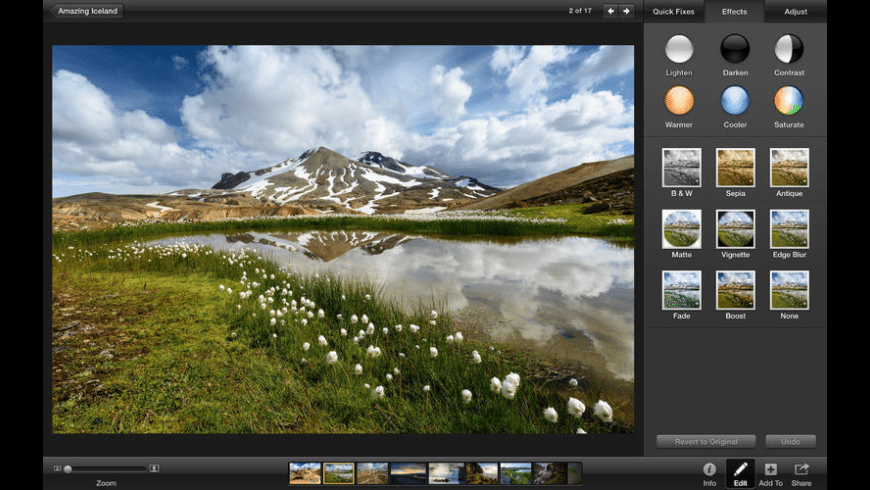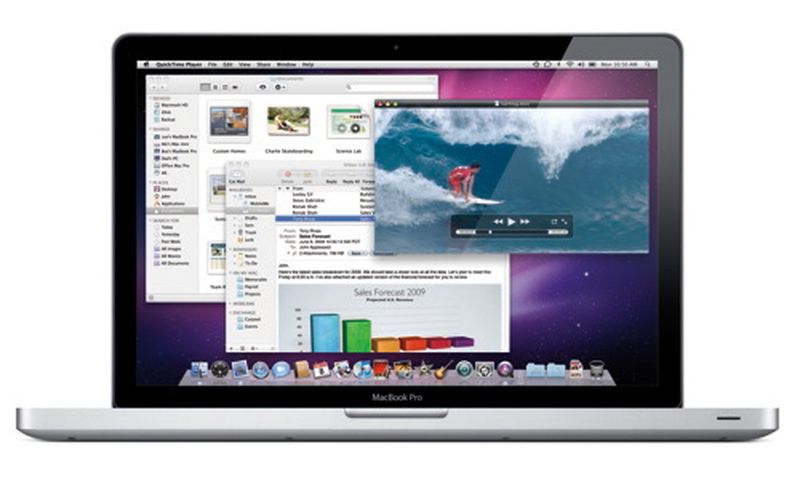

If geolocation data is attached to a photo (such as a shot taken with an iPhone), a map also appears in the Info window, if the window is visible. The iOS version of Photos exhibits the same behavior, which seems oddly hidden to me.

In the Years, Collections, or Moments views, click the name of a location to view the photos on a map. I admit I was dubious about Faces, a star feature in iPhoto, being relegated as an album in Photos, but it works alongside several other special albums that collect favorites, panoramas, videos, slo-mo and time-lapse videos, and bursts (the multiple shots captured when you hold the shutter in the iPhone’s Camera app).Īnother former star feature, Places, is retained in Photos, but it’s easy to miss. Instead, you can take an alternate route and click the Add button to see which images Photos thinks contains a person already named. However, dragging works with only one face at a time you can’t choose multiple faces and assign them this way. Suggestions appear at the bottom of the window you can double-click a face and type a person’s name, or drag it to any existing faces you’ve identified above. In fact, Faces seems faster and more accurate in Photos, although the interface for assigning faces is a bit odd. However, it’s not nearly the performance drag that it was in iPhoto, I’m happy to report. Sorry, Aperture users who were able to turn the Faces feature off: it’s on in Photos. The Faces feature also comes across, only in Photos it appears as a special album in the Albums view. (The first time you convert a library, you’ll notice some lag as the initial thumbs are built.)

Photos seems to handle thumbnails internally better than its predecessors. The application switches to very low-resolution thumbnails when scrolling quickly, and photos pop when you view them solo. Even on an older Mac (my main machine is still a 2010 MacBook Pro), Photos is speedy and responsive. Perhaps the best news is that Photos feels fast. And if you click any of these images, you can see it by itself. …and Years are divided into Collections by location and date.Ĭlick a Collection to split it into Moments. In Years view your thumbnails are so tiny, so you click to drill down… Views are broken out into a sort of “zooming” hierarchy that increases the size of the image thumbnails as you drill down: Years, Collections, Moments, and individual photos, which you switch using the unmarked arrows in the upper-left corner of the window or by clicking photos in the views. Photos appear in chronological order, with the most recent images at the bottom of the list (and no option to sort in reverse chronological order). If, however, you’ve ignored Apple’s devices lately, here’s a quick overview of how you navigate the interface. Look familiar? The interface resembles Photos for iOS, shown here on iPad (left) and iPhone. The interface is patterned after the mobile version of Photos. If you own an iPhone, iPad, or iPod touch with iOS 7 or iOS 8, Photos for OS X will be immediately familiar.
IPHOTO FOR MAC OS X 10.6 UPDATE
At this stage of development, main features are nailed down and showstopper bugs are usually sorted out, but if anything changes between the beta and the shipping release, I’ll update the article. Aperture and iPhoto continue to work under Yosemite, but they’re no longer being updated.Īlso note that this review is based on the latest developer beta versions of Photos for OS X and OS X Yosemite 10.10.3.

IPHOTO FOR MAC OS X 10.6 PROFESSIONAL
If you’re a photo professional or enthusiast whose workflow revolves around Aperture, you’ll want to stick with it for as long as you can, with an eye toward switching to another application like Adobe Lightroom at some point. If you’ve only scratched the surface of Aperture’s tools, then you can probably expect a smooth transition. It’s a simple idea, but tough to pull off.Īll that said, I’ll offer one spoiler up front: Photos is not an Aperture replacement, even though it can open Aperture libraries. With iCloud Photo Library, Apple is attempting to make all of your photos-not just the ones you capture with any one device-available on every Apple product you own.Īll your photos, everywhere. Apple hasn’t been simply creating a new photo application for the Mac-this is the Mac component of the company’s grand photography effort that connects the iPhone, iPad, iPod touch, Apple TV, Apple Watch, and the Web. Photos for OS X handles them with varying levels of success, but it also stretches to take on another, more ambitious task.


 0 kommentar(er)
0 kommentar(er)
